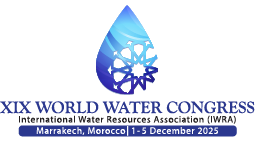Geography
Located at the north-western tip of the African continent, just 15 km from Europe, the Kingdom of Morocco benefits from a prime strategic location, providing direct connections to numerous countries.
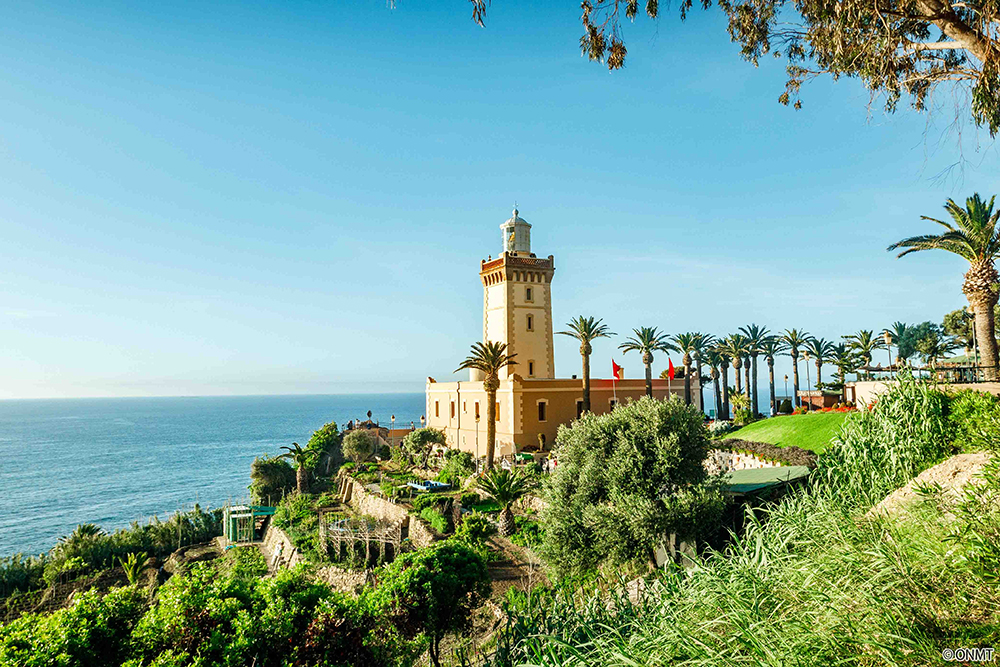
Morocco is bordered by 512 km of Mediterranean coastline in the north and 2,934 km of Atlantic coastline in the west. Its majestic mountains, verdant plains, lush oases, and vast deserts span a surface area of 710,850 km², offering magnificent panoramas of breathtaking natural landscapes.
Seen from above, Morocco’s long, imposing mountain ranges (the Rif, the Middle Atlas, the High-Atlas and the Anti-Atlas) stretch from east to west and southwards, leading to the Moroccan Sahara.
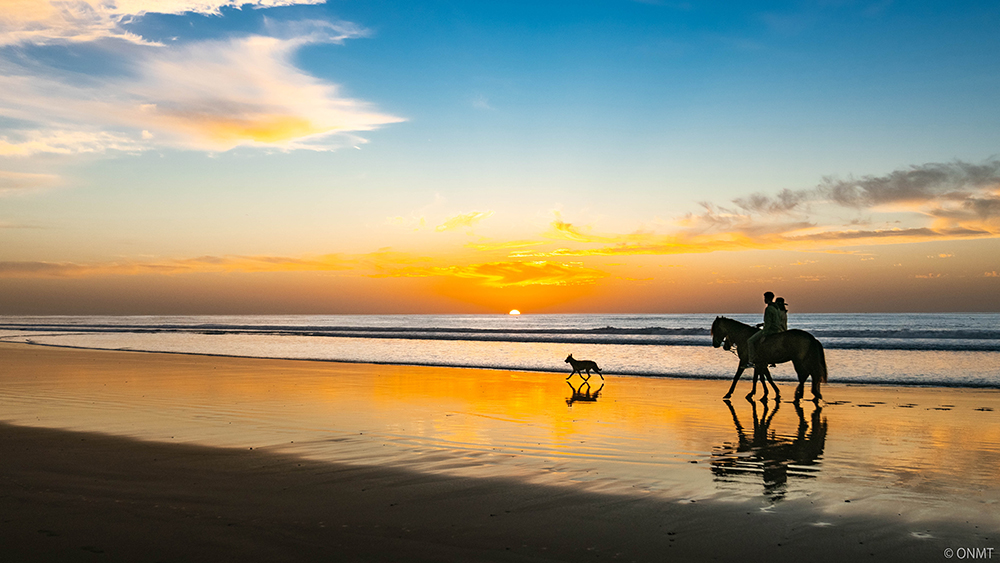
Morocco also boasts large and expansive plains (Gharb, Saïss, Chaouia, Doukkala, Tadla, Haouz, Souss, and more) that are highly fertile, enabling diversified agricultural production for the domestic and export markets.
Climate:
As a North African country situated between two major climatic zones, temperate in the north and tropical in the south, Morocco is distinguished by three major climate types: temperate, semi-arid and desert. This contrast is due to the fact that Morocco is subject to oceanic, Mediterranean, mountain and Saharan influences, which produce great spatio-temporal climate variability.
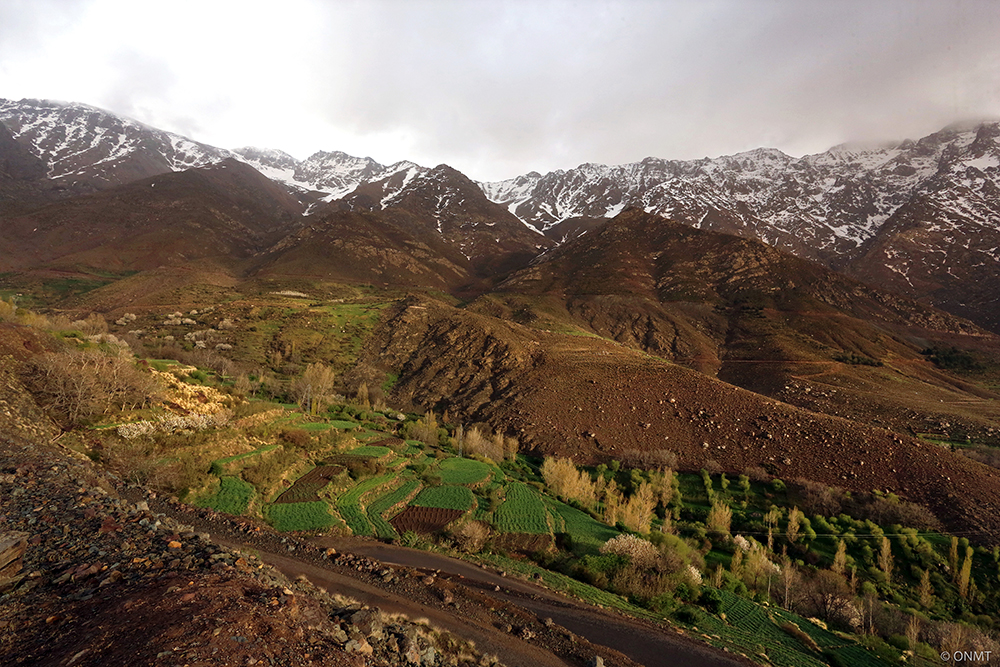
Rainfall in Morocco is also characterized by great temporal variability, with a succession of rainy periods and dry spells, and also by great spatial variability, with rainfall that can exceed 1000 mm per year in the Rif mountains in the north of the country, compared to less than 25 mm per year on the Saharan plains in the south.
Air temperatures vary widely as well. The Atlantic coast enjoys mild temperatures, whereas on the western plains of the interior and to the east of the Atlas Mountains, temperatures are very low in winter but can exceed 40°C in summer.
Population and culture:
With a population of 36.8 million in 2024, Morocco’s people are mainly of Berber and Arabic descent.
The Kingdom’s two official languages are Arabic and Amazigh. French is also spoken and understood by almost all Moroccans, while Spanish is widely spoken in the northern and southern regions of the Kingdom and English speakers are generally found in the urban areas.
Morocco has a rich history spanning many millennia, making it an heir to centuries of tradition. Morocco’s vibrant cultural heritage is deeply rooted in everyday habits, gestures, festivals and rituals that are living testaments to Berber, Carthaginian, Roman, Arab-Muslim and Andalusian civilizations.
In addition, the marriage of traditions, habits and customs from different cultures – Amazigh, Hassan, Jewish, Arab-Muslim, Andalusian, Mediterranean and African – gives the different regions of the Kingdom a unique cultural diversity.
Water resources:
The country’s natural water resource potential is estimated at 22 billion cubic meter per year, including 4 billion cubic meter of groundwater that is viewed as a particularly strategic resource.
Morocco’s water resources are unevenly distributed across the country. Some 70% of these resources are concentrated in three water basins in the north of the country, which together cover just 15% of the national territory.
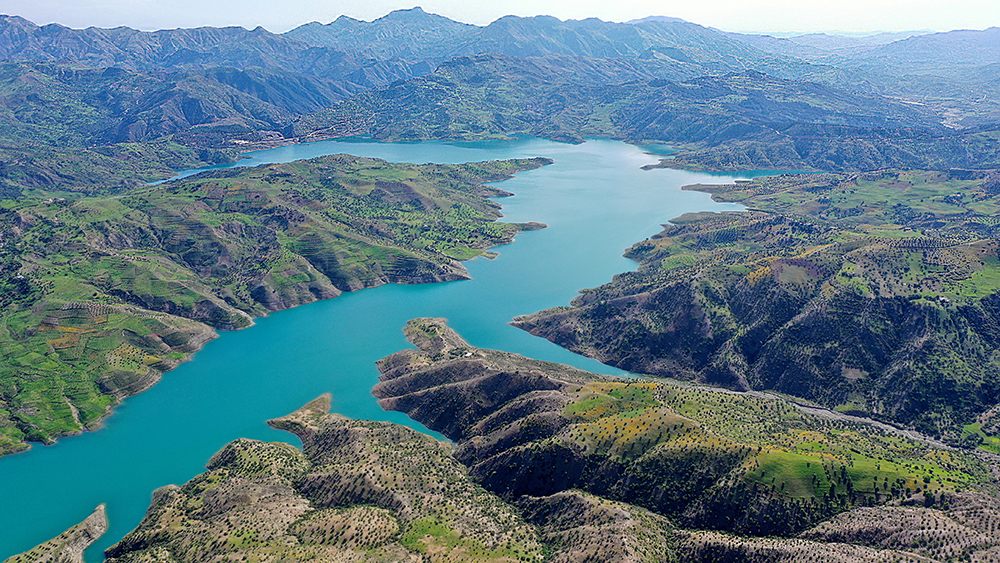
With climate change in full swing, Morocco has been experiencing a succession of droughts since 2018, resulting in a significant water deficit that has impacted the volumes stored by major dams and reservoirs and reduced groundwater reserves. As a result of climate change and population growth, average water resources have fallen to 602 cubic meter/capita/year below the international threshold for water stress (1000 cubic meter /capita/year).
Morocco has an extensive hydrographic network comprising 6 major rivers (Bouregreg, Sebou, Oum Er-rabia, Deraa, Loukkos, and Moulouya) and their tributaries. Coordination among the ten River Basin Agencies ensures integrated and concerted water resources management at the territorial level.
Morocco is a land with rich history and diversity on every level that beckon to be experienced and explored, Learn more about Morocco on the official «Visit Morocco» website.


